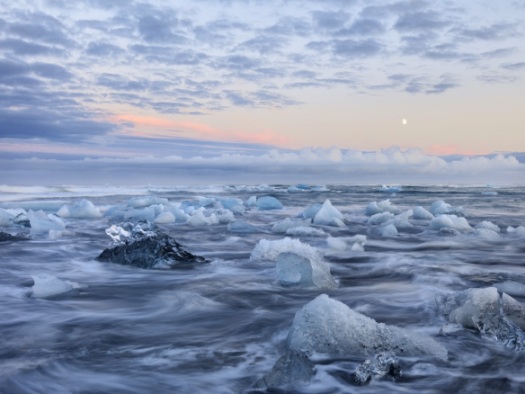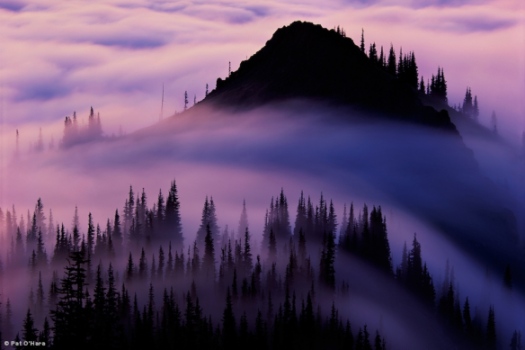After thinking a little bit more about mastermind groups it dawned on me that artists have been meeting in groups to discuss their work for centuries. Perhaps the most famous, and most written about of these artists groups, or friendship groups as I’ve seen them called, is the Impressionists.
The Impressionists found each other as kindred spirits who were working outside of the traditional French Academy system. As they worked closely with one another they developed a group sensibility of what they thought art should be. They experimented with techniques that would allow them to realize their ideas that were then shared with one another, providing support and validation for paths that might have otherwise been abandoned had they been working in isolation. In regular weekly meetings the artists would discuss successes and failures in the context of the group’s values, work through conflicts and anxieties and share contacts with dealers or masters. I can only imagine such a regular meeting would have been profoundly energizing.
Of course visual artists are not the only ones that go through a period of intense involvement with this kind of group. In a recent webinar that Dane Sanders hosted to support his Weavewriter product there was talk of ‘writers workshops’ that sound just like the kind of meeting that the Impressionists were having. My research into writers workshops lead me first to Pat Schnieder‘s book ‘Writing Alone and with others‘ and then to Peter Elbow’s book ‘Writing Without Teachers‘.
‘Writing Alone’ appears to build on the work by Peter Elbow which provides a framework for group interactions where there isn’t a ‘master teacher’ in the room. In this model the writer is hearing real world feedback from other members in the group about what’s working and what needs additional clarity. It is an interesting process for me because I had it in my mind that without a master in the room mediocrity would reign. Perhaps not.
Both examples above provide me with support for my ideas about the importance of a small group for artistic development, not necessarily to instruct in a formal way but to provide ‘real world’ feedback, encourage and to share resources that could be of help. They also make me realize that this is in essence a ‘solved problem’. There are existing groups that fit this model that you may be able to work with if you look hard enough, the Artist’s Round Table that Ray Ketcham and Sabrina Henry have organized looks like it fits this model almost perfectly. The resources are also there that could help you to develop one organically yourself if that is a better option for you. The only question is what’s stopping you?







